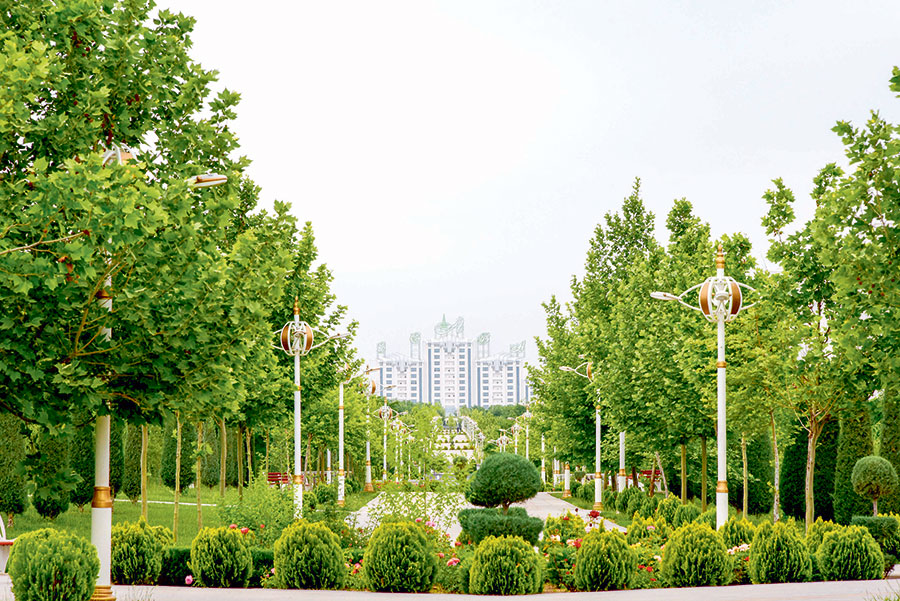The ozone layer is a crucial part of Earth’s atmosphere. It is located about 10 to 30 miles above the Earth’s surface in the stratosphere. Made up of ozone (O₃) molecules, this layer acts as a shield, protecting Earth by absorbing and filtering out the sun’s harmful ultraviolet (UV) radiation. Without this protection, higher levels of UV radiation would reach the Earth’s surface, leading to increased risks of skin cancer, cataracts, and other health problems, as well as significant damage to ecosystems.
In Turkmenistan, atmospheric ozone monitoring is conducted by the National Committee on Hydrometeorology at the Cabinet of Ministers of Turkmenistan (Turkmengidromet).
Turkmenistan has ratified the Vienna Convention and the Montreal Protocol, as well as the London Amendment to the Montreal Protocol, and has undertaken corresponding obligations to address the issue of Ozone-depleting substances (ODS). A plan of action has been developed to reduce pollutant emissions into the atmosphere and to phase out ODS.
The Scientific and Technical Centre “Climate” of Turkmengidromet is responsible for studying the total amount of atmospheric ozone. The center aims to understand regional variations in ozone levels and their changes over time, as well as identifying potential sources of ozone layer depletion.
In 1994, the United Nations General Assembly proclaimed September 16 as the International Day for the Preservation of the Ozone Layer, in commemoration of the signing of the Montreal Protocol on Substances that Deplete the Ozone Layer in 1987. The depletion of the ozone layer has led to harmful effects such as reduced air quality, weakened immune systems, inhibited plant growth, and climate changes. The theme of the 2016 International Day for the Preservation of the Ozone Layer was “Ozone and climate: Restored by a world united. Working towards reducing global warming HFCs under the Montreal Protocol.”
Gyzylgul OWEZMYRADOVA,
student of the Turkmen agricultural institute.





Comments